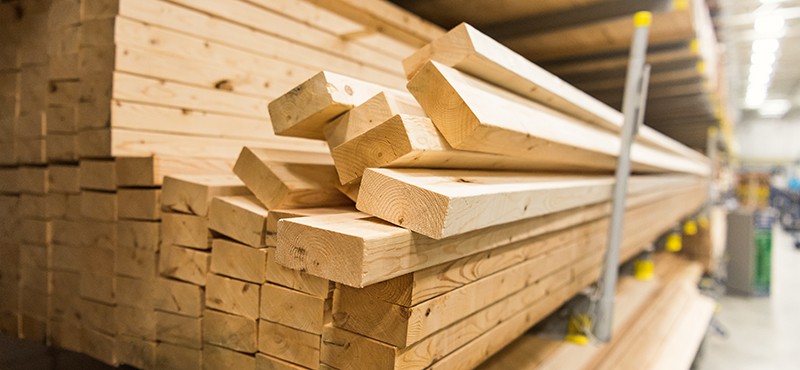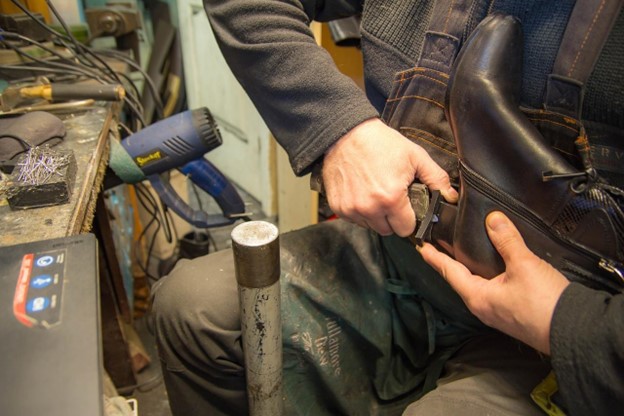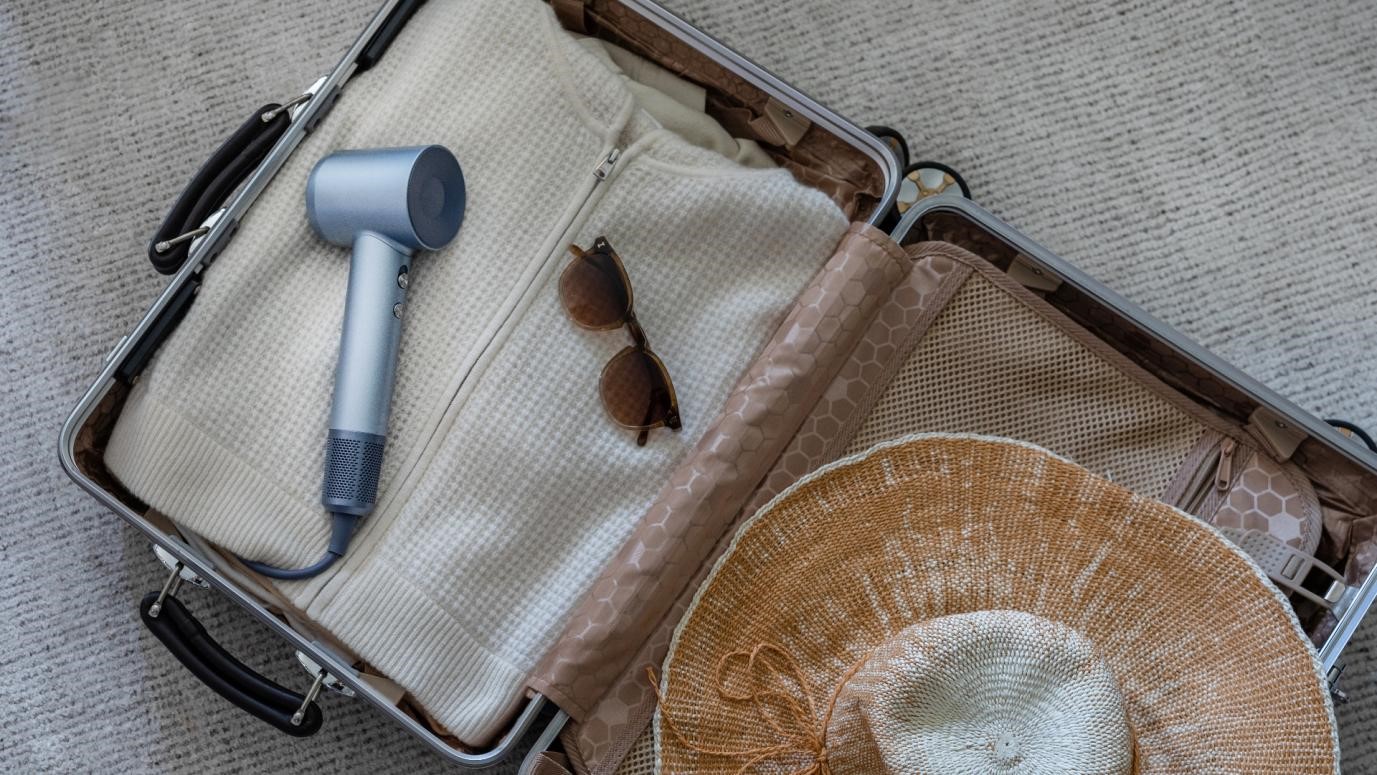Shopping for a casket is never easy, and the variety of models, materials, styles, shapes, and colors, doesn’t make the selection process any easier. To make it even more complicated, there are many possibilities to customize the casket, as it has to reflect the deceased’s personality and interest.
The variety of prices, looks, and styles is both helping and tiring, as it’s not easy to consider so many aspects when purchasing a casket.
What are the most common materials used in modern caskets?
In all fairness, there is information about the choices you have as materials for a casket. With metal and wood being the top choices, we still find it helpful to know the bare essentials about materials that manufacturers use in modern caskets.
Without any further ado, let’s see the most popular materials today:
- Solid wood- there are some species of wood that people always like to have for the casket.
Wood caskets are attractive and have a classical vibe, and solid wood never goes out of style.
- Oak- It’s commonly used for high-quality furniture since it’s long-lasting. It comes with various finishes, with wood tones ranging from light to dark.
- Pine- It’s a convenient option, especially since it’s affordable. Many appreciate it for its simplicity and overall value.
- Walnut- We all like the beautiful grain, and the honey-toned finish is one that people love.
- Cherry- It’s a red-toned and precious wood that gives a sophisticated feel to any casket.
- Mahogany- It’s probably one of the most beautiful and appreciated species of wood. The dark-red, deep, or warm black finish explains why mahogany is one of the priciest materials out there.
- Metal- Metal caskets had good and less good times, and people have always liked them for the durability and high level of protection. Here are the most common metals used in caskets:
- Carbon steel- It doesn’t come with a layer of chromium oxide, which is why it has a lower resistance to corrosion.
- Stainless steel- It resists to corrosion and staining in a natural way. You can find it in various thicknesses, and the gauge reflects the thickness. A thick casket is longer lasting, and the rubber gasket of metal caskets seals the interior, protecting it against the elements.
Metal caskets allow more various customization, as you can choose colors, finishes, details for making the casket just the way you want.
- Precious metals- Copper, bronze, and even gold are some of the precious metals used for caskets. Bronze is highly appreciated since it’s long-lasting and resistant to corrosion.
We should remind you that caskets made with precious metals aren’t made exclusively of metal. They typically feature an expensive metal coating or are made of steel with a finish resembling the appearance of precious metal.
- Fiberglass
Despite what you may think, many caskets are made of fiberglass thanks to its versatility and durability. Fiberglass is lightweight and allows various finishes. It can be painted with colors or to simulate wood grain, metal, and even marble stone.
- Sustainable materials
More and more people are turning to environmentally-friendly caskets, which are made of durable materials. They’re made to biodegrade, returning the nutrients to the ground naturally. Here are some options:
- Plywood or fiberboard- They’re typically covered with fabrics and come with solid colors or various patterns. Covers can be made with solid wood veneer, similar to solid wood, but for a lot less money.
- Bamboo- They are winning fans as we speak since it’s a natural and sustainable material. It resembles wood, but it allows woven grass. It can be left as a natural hollow bamboo cane.
- Grasses and woven woods-Willow, grasses, cane, and banana leaves fall into this category. Woven caskets are made like rattan or wicker furniture, which is why the casket reminds of a natural woven basket.
Wool and even cardboard are materials used for sustainable caskets.
- Specialty casket materials
You can also find caskets made of see-through acrylic so that the body can be seen. Bio-plastic and particular materials can also be used for caskets, especially considering their environmental abilities or customization possibilities.
What materials can be used for liners?
Sating, taffeta, and velvet are only some of the many materials used for the liners of caskets. Nine times out of ten, the liners are made of polyester, since it looks luxurious and attractive, without emptying your pockets.








Add Comment